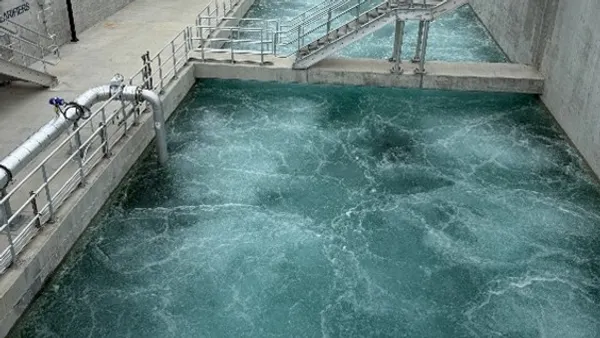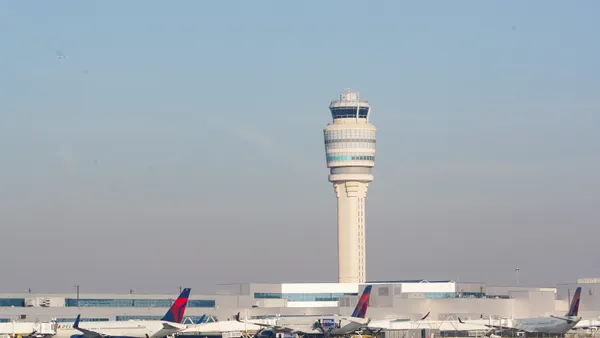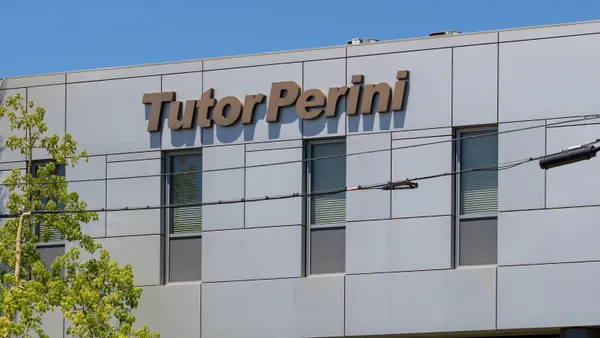Dive Brief:
-
The Florida Department of Transportation (FDOT) wants to ease congestion for motorists traveling between Tampa and St. Petersburg via the Howard Frankland Bridge by adding two toll-free lanes to Interstate 275 leading up to the bridge on the Tampa side, according to the Tampa Bay Times.
-
The additional lanes were part of the 90-mile, $6 billion Tampa Bay Next infrastructure initiative. Officials were able to get the agency to move forward with that part of the project, giving commuters some relief while state officials reviewed the larger program.
-
FDOT must still put the project out to bid, select a design–build contractor and secure federal approval, all of which could take as long as two years. Construction could start in late 2019 and the new lanes could open as early as 2021. The project is expected to cost at least $25 million.
Dive Insight:
The Howard Frankland Bridge isn't the only Tampa-area infrastructure readying for an upgrade.
Jacobs Engineering Group is mapping out a feasibility plan for Hillsborough Area Regional Transit, the agency in charge of mass transportation in Tampa and the rest of Hillsborough County, according to the Tampa Bay Business Journal. With input from locals, Jacobs will establish five priority transit corridors and determine what mode of transportation will work best in each. Jacobs, the Federal Transit Administration and FDOT will then work together to fund the five corridor projects.
The transit improvements come as the area experiences robust development activity. Among the most high-profile projects is the $3 billion, mixed-use Water Street complex downtown. The 9-million-square-foot project will include the first new office building in the city's downtown in a quarter-century. A medical facility is also included in plans for the project. Tampa's skyline will add three additional high-rises in a complex totaling 1.8 million square feet of mostly residential space. That project will be located south of the University of Tampa.
Tampa's traffic woes are relatively minor when compared to those of New York City, where New York Gov. Andrew Cuomo has revived the possibility of congestion-pricing fees. The plan, called Move New York, has the potential to raise as much as $1.3 billion a year to fund improvements to the city's subway system while potentially reducing some traffic on the streets at peak hours. New York City Mayor Bill de Blasio earlier this month proposed a tax on wealthy city residents to create a fund for subway repairs and upgrades.













